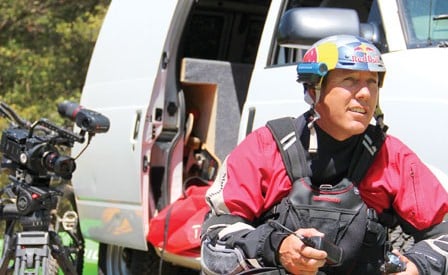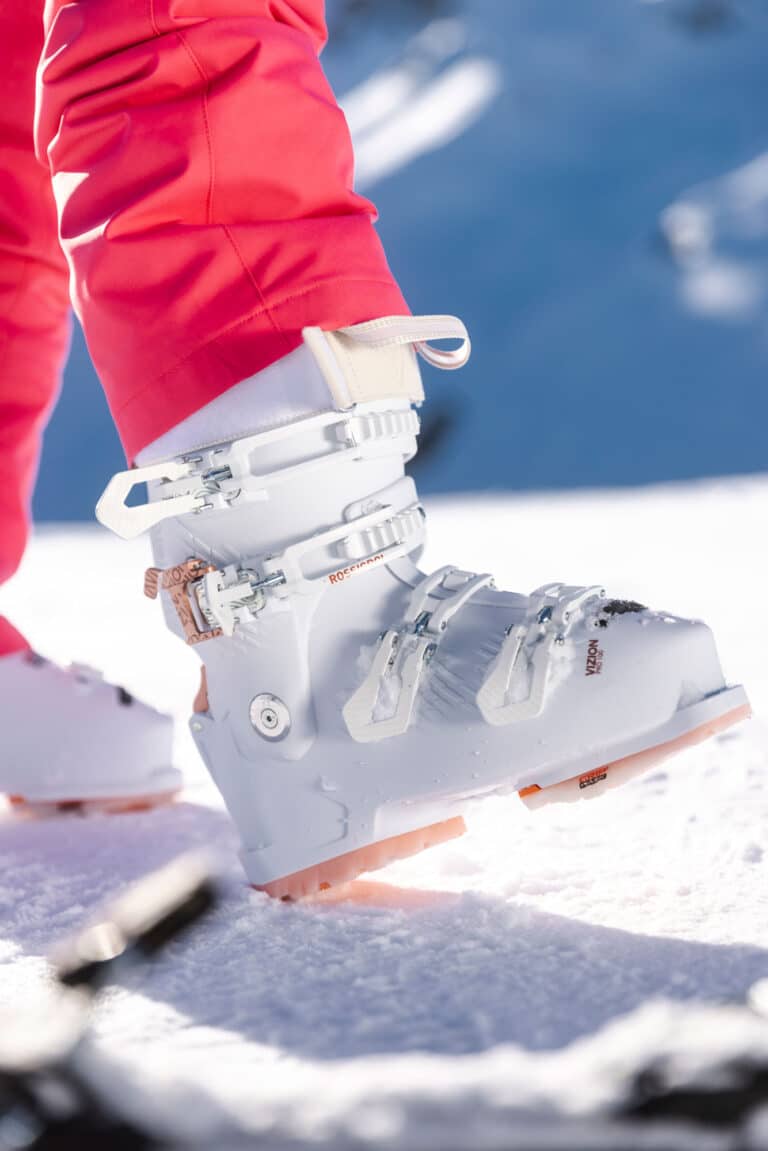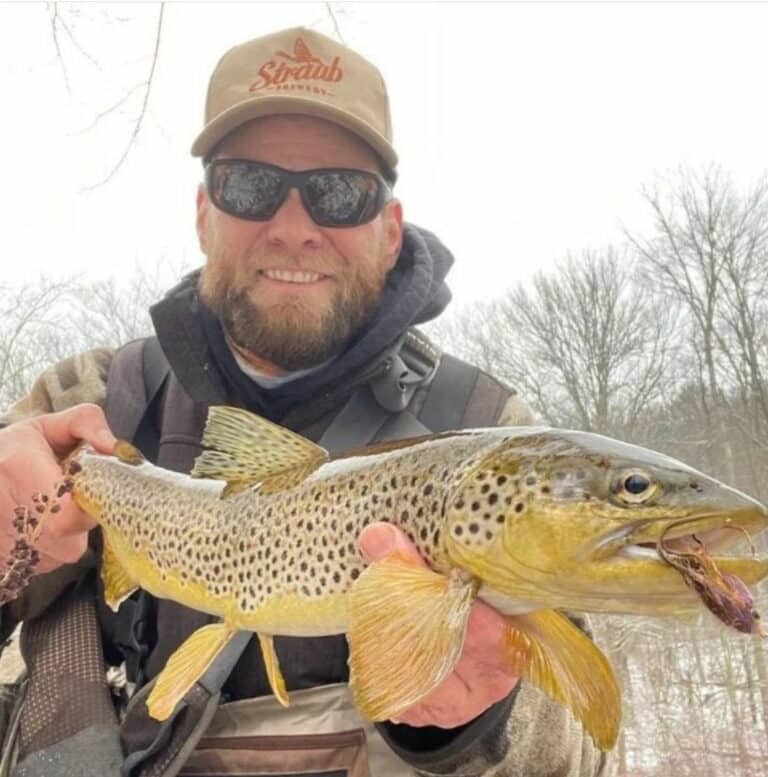Sponsorship is as sought-after as it is misunderstood, but there’s no doubt about the fact that it is extremely prevalent in the alternative sports world today. Massive companies like Red Bull and GoPro, alongside smaller industry manufacturers, are putting significant portions of their marketing resources into sponsorship. They align themselves with top athletes to benefit their own bottom lines alongside the athletes’ careers, and a great deal of money and product exchanges hands every year through these relationships. For athletes who truly understand the game, it really is as close to “living the dream” as you can get.
The trouble with the whole system is that many athletes don’t know what to do beyond just being an exceptional athlete to set themselves apart. In these economic times, it is not acceptable to simply perform well in your sport and call it a day.
After 11 years of working as a sponsored athlete in the paddlesports industry, and one year working as Pro Team Manager for Dagger Kayaks, I have learned a bit about the ins and outs of corporate sponsorship. Here are my top 10 recommendations for securing (and retaining) your ideal sponsors:
DO protect your personal brand.
When a company endorses you as a sponsored athlete, they are linking their brand with you and all of your actions. Your personal brand is the image that is generated by everything that you do and everything that comes out of your mouth. Due to the Internet, our world is shrinking and information about all of us is much more readily available. You need to know what online and social media searches for your name will turn up and make sure that they showcase you well.
DON’T burn bridges.
These industries are very small places, and negative dealings tend to reverberate far beyond any single relationship. You never know when an opportunity has been closed off due to a bad reference. Do good work and maintain good relationships.
DO realize that it is about far more than just being a great athlete.
Of course you need raw skill and talent, but what separates the truly successful athletes from those who soon fade into another profession is what goes on behind the scenes. Resourcefulness and the ability to create value for sponsors whenever possible is the most important thing.
DO think about and create your niche.
What is your individual hook? What are you better at than anyone else? Team and marketing managers do not want a whole team of athletes who are chasing the same thing. When I look at Team Dagger, I see Freestyle World Champions, non-profit owners, 6-year-old prodigies, expedition paddlers, incredible videographers, and grassroots ambassadors in their local communities. Each individual comes at it with their own style and brings something different to the table. It can be helpful to consider the main needs of the companies that you are working with: big picture marketing, sales account support within each region, R&D feedback, photo and video generation for the website, and other collateral. Sometimes it can be helpful to leverage those to guide your pitch.
DON’T use improper management introduction techniques.
Cold-messaging a marketing or management employee on Facebook or other social media is an invasion of privacy… that is set up for their personal use. Short of getting an introduction from a mutual contact (the ideal scenario), take the time to at least find a company email. And (this goes without saying), don’t have typos or grammatical errors in your correspondence!
DO work in advance.
Most team budgets are finalized and committed by shortly after the first of the year. That means if you want to work with a company beyond getting a pro-deal, you need to get on it! November and December are good months to check in, and the professionalism exhibited by planning ahead will go a very long way.
DO keep your Team Manager updated.
The more that you can stay top-of-mind and in focus for the company, the better. Regular email updates with competition results, exposure, and trip plans will position you as a professional—someone who is worthy of sponsorship dollars.
DO work hard.
Many people think that being a sponsored athlete is a gravy train. I will tell you that the most successful athletes that I know absolutely work their asses off. They are always shooting media, emailing, facilitating, checking in, helping with product R&D and launch, and planning their own exploits. These things are done alongside the physical demands of training and maintaining fitness as an elite athlete. It’s not easy at all, and requires great time management and self-motivation skills, but it is worth it.
DO hang the carrot.
One thing that I have found very useful in my own dealings with different sponsors is something that I refer to as “hanging the carrot.” This means always keeping them up-to-date on upcoming projects, and what you need from them to position their brand in the best way possible. If you are thinking like this, you are doing an excellent job as an athlete. The final step to this is to follow through and deliver on all promises and commitments made.
DO have fun.
Taking these steps requires you to look at your sport as work. While it can be very smart to cover all the sponsorship angles, it’s equally important not to lose sight of the original passion that got you into it in the first place. If that ever goes away, the whole house of cards falls. Go outside and play—that’s why you got into this in the first place.
Chris Gragtmans is sponsored by Dagger Kayaks, Chaco Footwear, Speedboard USA, Immersion Research, Shred Ready Helmets, Astral Buoyancy and Adventure Technology Paddles.








